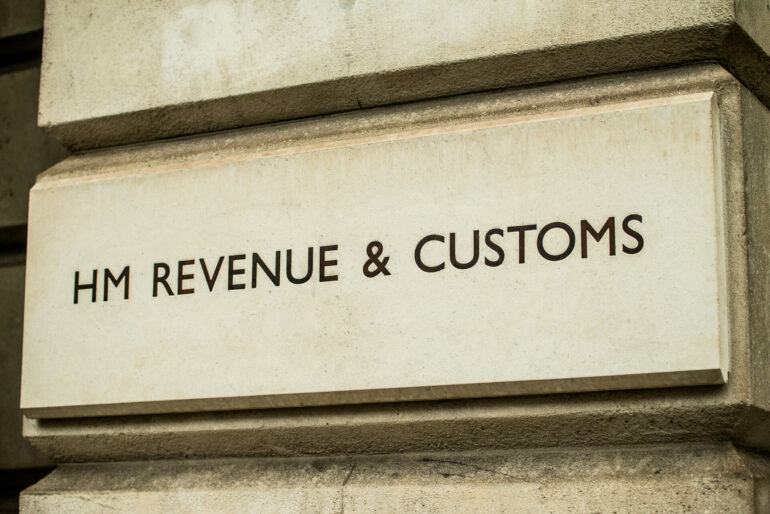The tax regime for individuals has become less generous in 2024 due to cuts to the Capital Gains Tax (CGT) and dividend tax allowances, increases to CGT rates, and the freeze on the threshold at which income tax becomes payable.
Calculations by interactive investor have revealed that someone earning an annual salary of £35,000 realising a £10,000 gain and receiving £2,000 in dividends in 2025 could face paying £1,261 more in tax.
This figure rises to £1,831 for someone earning £50,000 and £3,836 for those earning £100,000.
The CGT allowance was reduced from £6,000 at the start of the 2023/24 tax year to £3,000 in April 2024.
In addition, CGT rates on shares increased from 10% to 18% for basic rate taxpayers on 30 October 2024 and 20% to 24% for higher rate taxpayers.
This means that gains held outside tax wrappers like ISAs and Sipps are now subject to greater tax.
On a £10,000 investment gain, this translates to an additional tax burden of £860 for a basic-rate taxpayer, workers earning £12,571 to £50,270, and £880 for higher-rate taxpayers, those earning £50,271 to £125,140.
A similar story applies to the dividend allowance, which was cut from £1,000 in April 2023 to £500 in April 2024.
The additional tax burden on dividends totalling £2,000 is £43 for basic-rate taxpayers and £168 for higher-rate taxpayers.
Taypayers’ rate of CGT and dividend tax is based on their total taxable income, including salary, gains and dividend income.
This means gains and dividend income can end up pushing lower earners into a higher tax band.
Such is the case in our £50,000 earner example, where the capital gain and dividend realised pushes the earner into the higher rate tax bracket.
Meanwhile, the freeze on the personal allowance at £12,570 from April 2023 until April 2028, combined with wage inflation, means more people will pay higher taxes in the coming years – known as fiscal drag.
This means those earning £35,000, £50,000, or £100,000 would see their tax burden increase by £358, £783, and £2,788 in 2025, respectively, due to frozen tax thresholds.
This is because tax thresholds are not keeping pace with wage inflation, currently 4.8%.
The tax burden jumps sharply for income between £100,000 and £125,140 due to the gradual withdrawal of the tax-free personal allowance, which adds an effective 20% tax on top of the 40% higher rate.
Offsetting some of this fiscal drag is the reduction in the rate of national insurance (NI) paid by employees.
The rate fell from 10% in January 2024 to 8% in the new tax year.
This reduction lowered the equivalent full-year NI bill by £123 for those earning £50,000 and £92 for those earning £100,000.
However, those earning £35,000 would have seen an increase in their NI tax bill, by £22 if their salary increased by 4.8% because of the frozen NI threshold.
These tax changes could have significant implications for mortgage affordability – as higher tax burdens reduce disposable income, potentially affecting borrowers’ ability to meet mortgage affordability tests.
For example, the additional £1,261 tax liability for a £35,000 earner equates to approximately £105 per month – money that might otherwise be allocated to monthly mortgage payments.
Moreover, the fiscal drag caused by frozen thresholds and wage inflation could push more individuals into higher tax brackets, impacting their ability to save for a deposit or cover rising interest rates.
Additionally, with rising CGT and dividend tax rates, landlords or investors in buy-to-let properties may find it less attractive to retain or expand their property portfolios.
This could reduce the supply of rental properties, indirectly affecting housing and mortgage markets as more individuals may turn to homeownership.
Myron Jobson, senior personal finance analyst at interactive investor, said: “2024 has been rife with tax changes, from the cuts to the capital gains and dividend tax allowances to the stealthy fiscal drag tax grab, which, in many cases, will result in a significantly higher tax burden in the new year.
“More people have been dragged into paying tax or higher rates of tax as their wages rise and cross the unchanging thresholds, commonly referred to as fiscal drag.
“This is despite savings from the cuts to the NI rate. Those with investments held outside tax wrappers such as ISAs and pensions, which shield gains, dividends, and interest from tax, now face a significantly higher burden, exacerbated by the recent hikes in CGT rates announced in the October Budget.”
He continued: “Our calculations offer some insights into how the tax burden has changed, but it is important to remember that tax is rarely a one-size-fits-all affair.
“Each individual’s financial circumstances play a crucial role in determining how changes to the tax regime impact them. It’s essential to take a closer look at your personal situation to understand the nuances and opportunities these changes may present.”
Jobson concluded: “Navigating the tax landscape can feel like a minefield, especially with so many moving parts.
“But by taking the time to explore your options — from pensions and beyond — you can take meaningful steps to reduce your tax bill. If your tax position is complicated, it may be worth seeking professional advice from a certified tax adviser to identify where you can save.”



